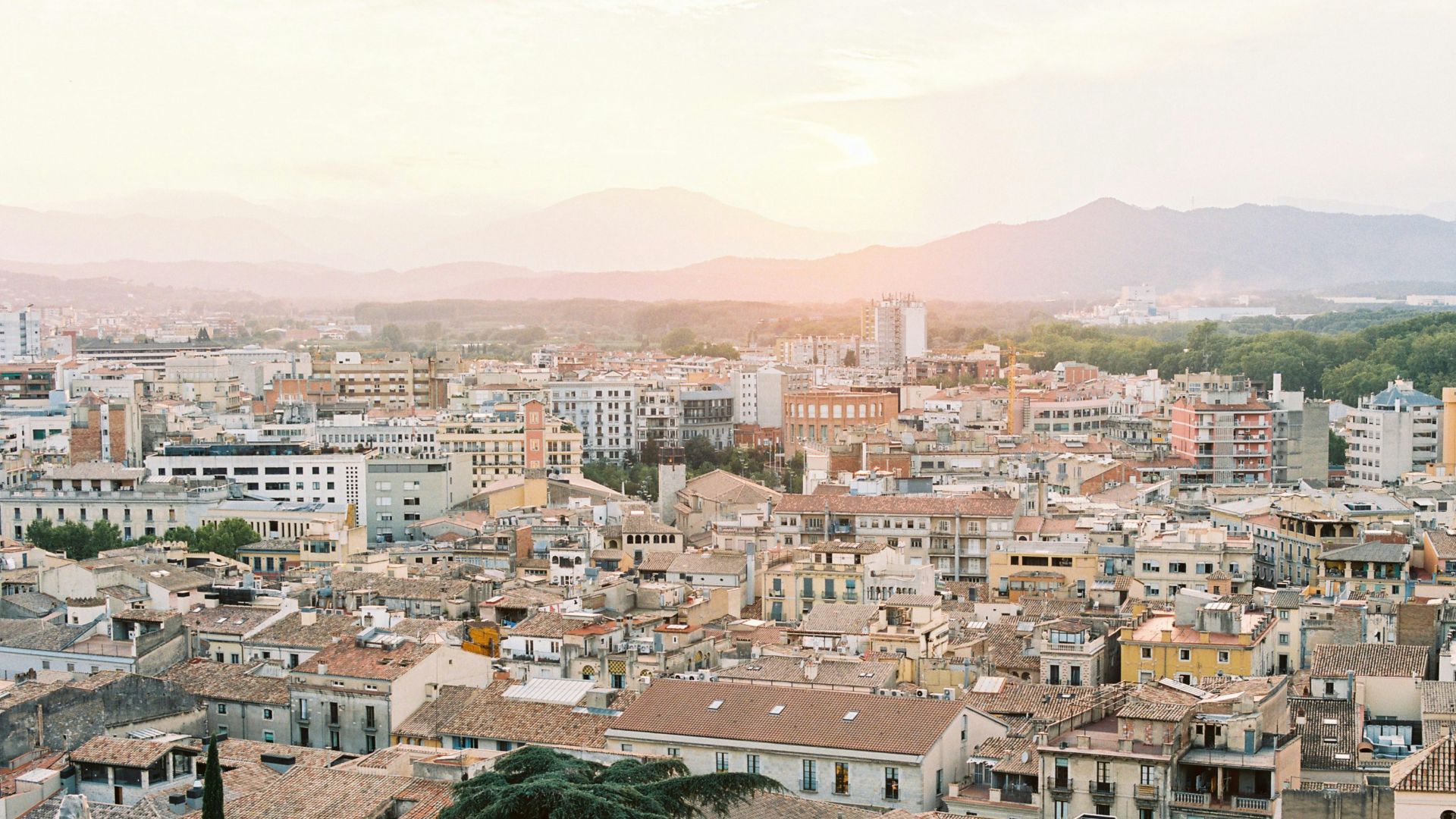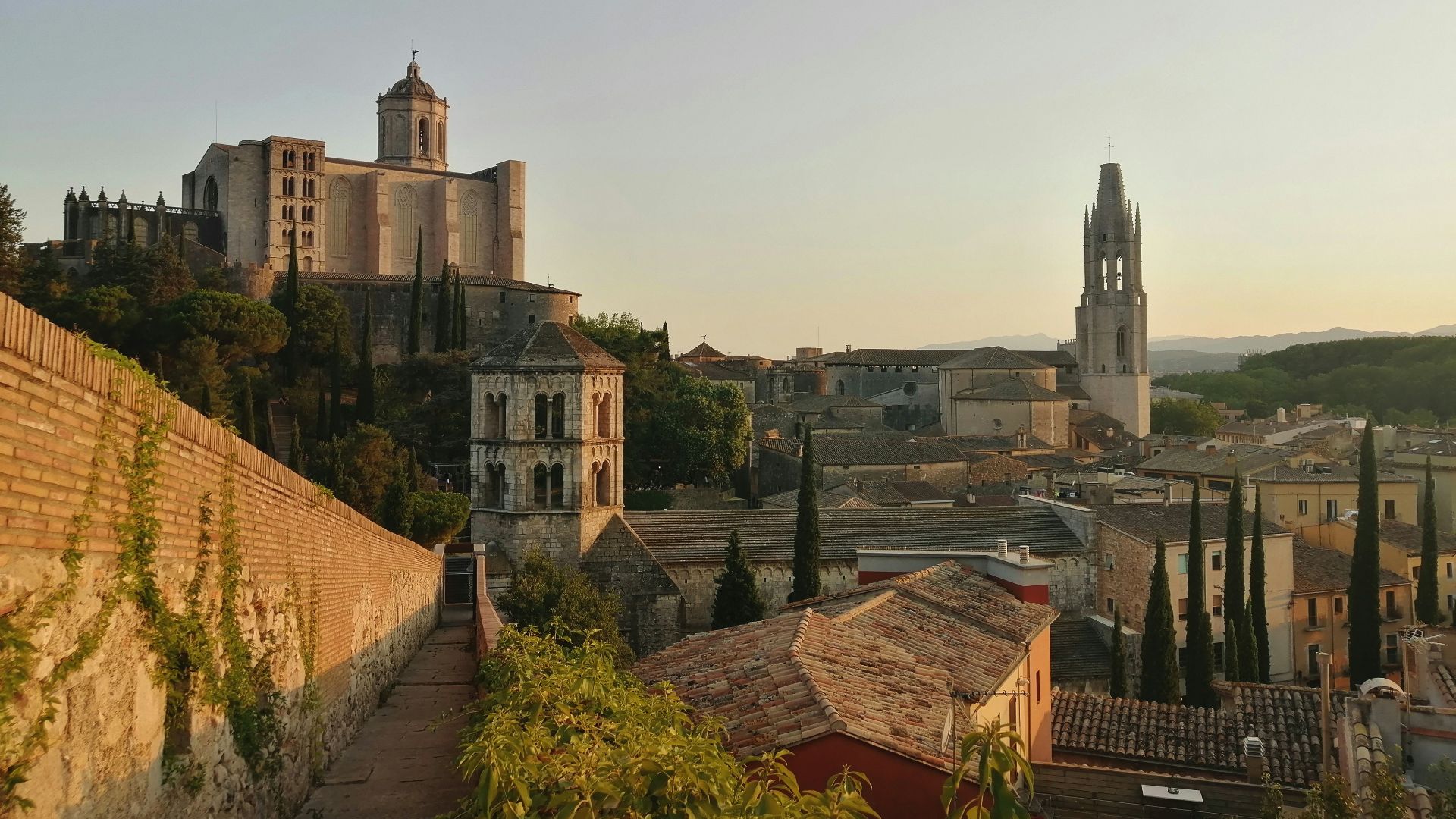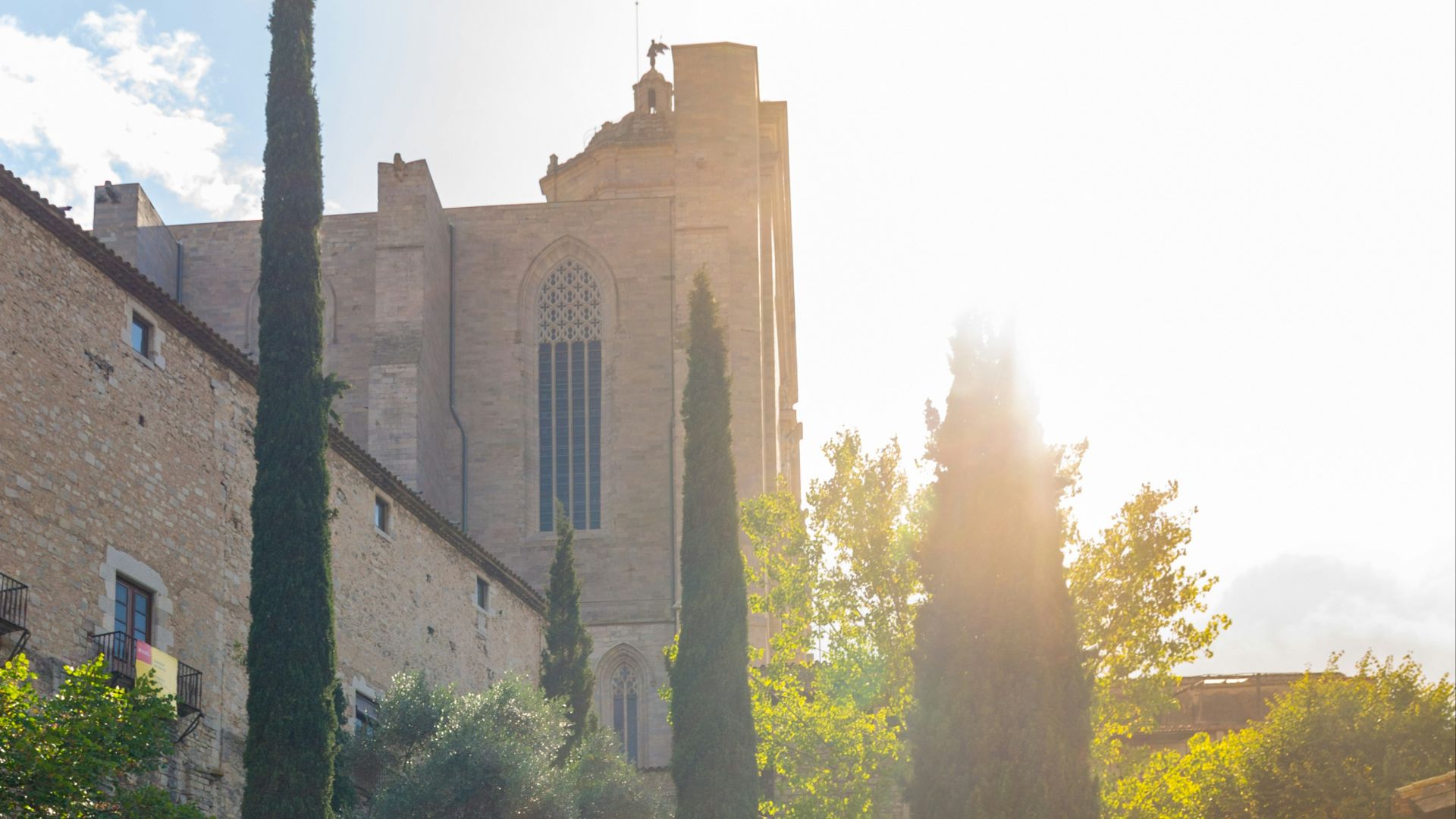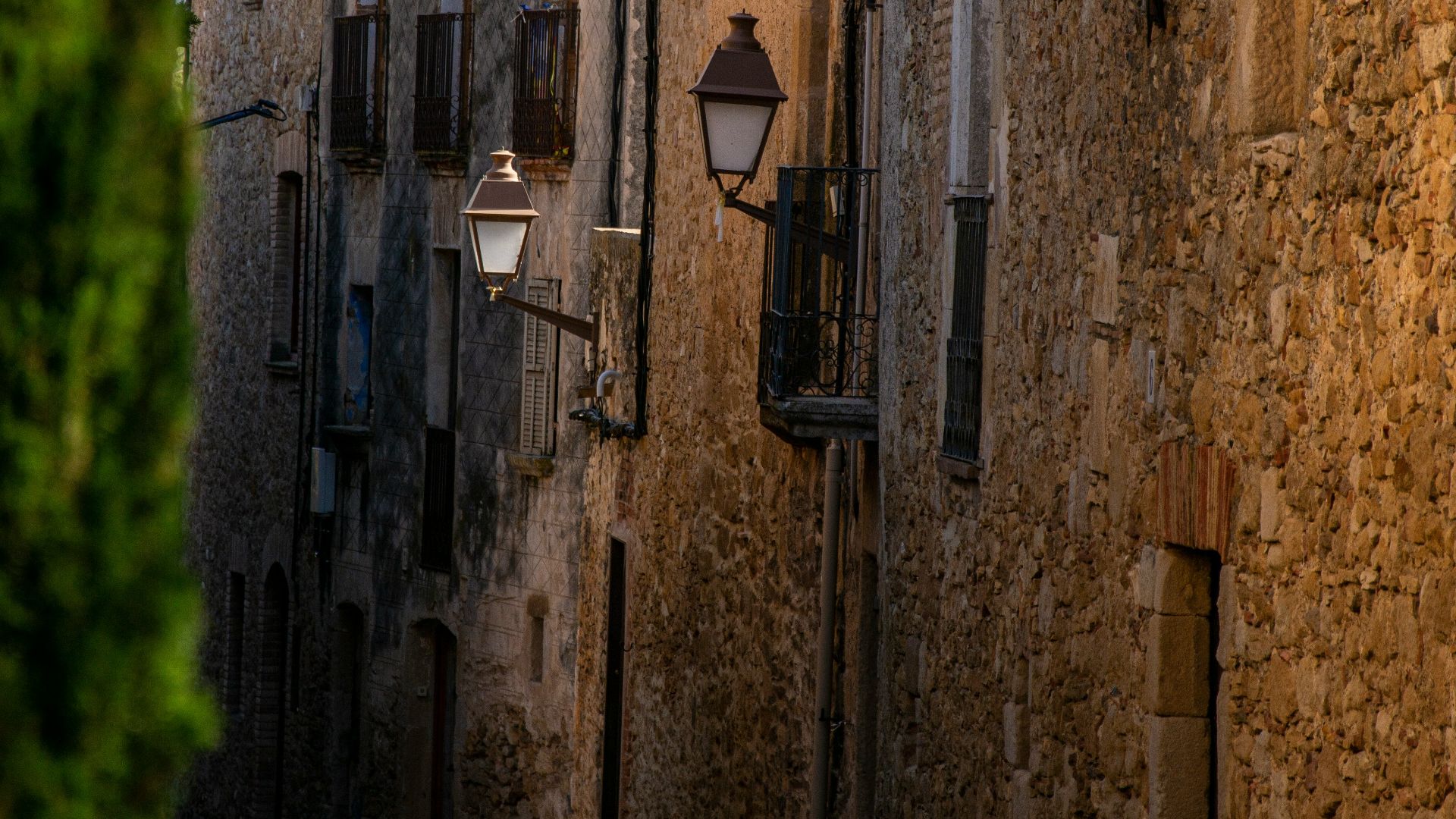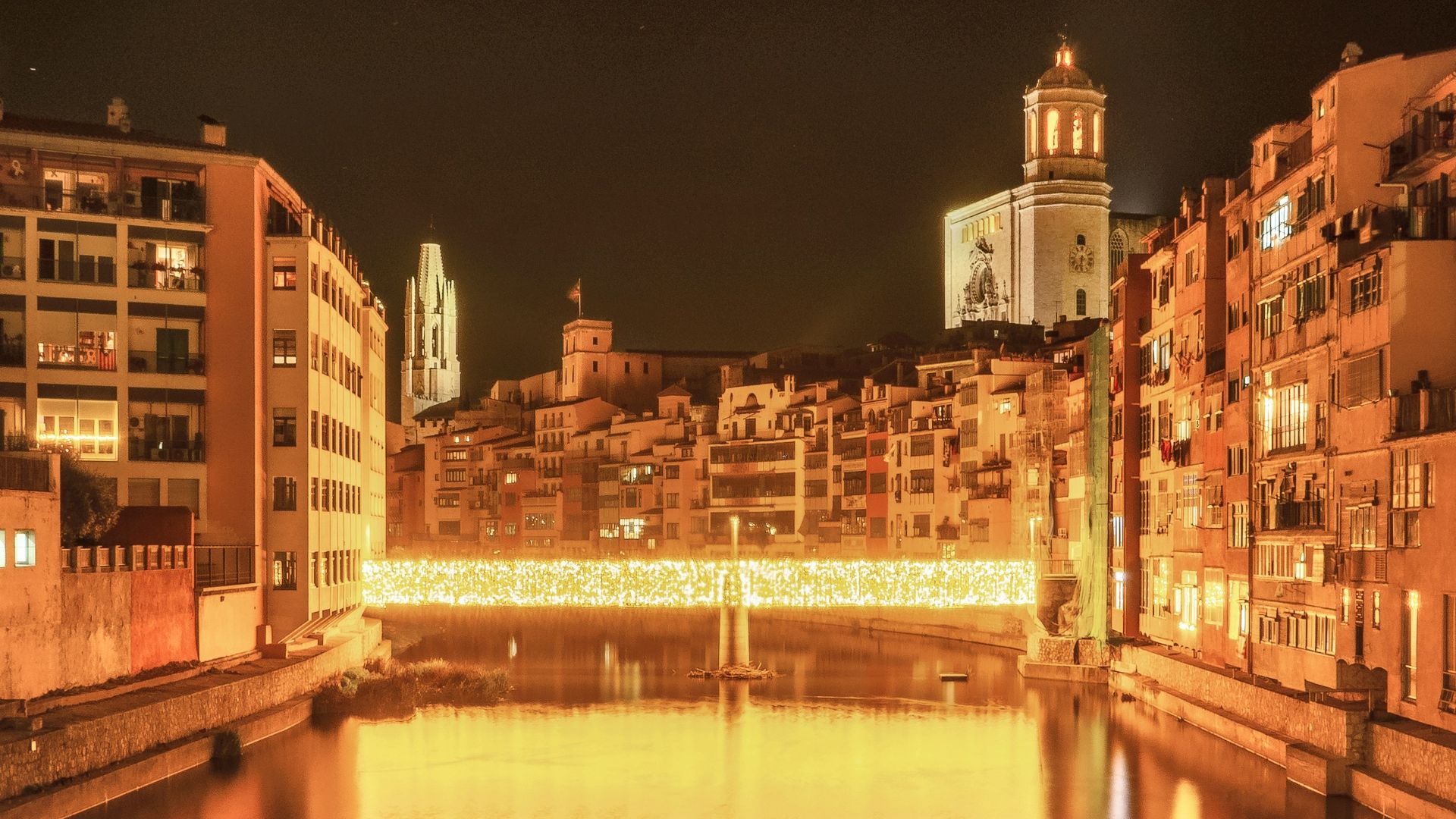Girona’s Arab Baths are tucked away in the heart of the Old Town. They are a hidden gem that transports visitors straight back to medieval times. These baths offer a rare glimpse into the sophisticated hygiene and social practices of 12th-century Catalonia. This northeastern region of Spain was deeply influenced by Moorish design and engineering. With their stone arches, heated rooms, and serene atmosphere, the baths are a must-visit for travelers seeking history, culture, and a touch of mystery. Exploring the Arab Baths is like stepping into a storybook. Each archway and tiled floor tells a tale of centuries past.
A Step Back in Time: The History of Girona’s Arab Baths
The Arab Baths (Banys Àrabs) were constructed in the 12th century. Girona was a thriving medieval city at the time, influenced by Roman and Moorish cultures. Though the name suggests a direct Moorish origin, historians believe the baths were inspired by Roman bathhouses, adapted to Catalan architecture and local customs. They served as communal bathing spaces. Hygiene, relaxation, and social interaction intersected in a single, elegant venue. Over the centuries, the baths survived wars, urban development, and neglect. Eventually, the baths became a preserved historical site open to the public. Visiting today allows travelers to witness a rare example of medieval public baths, offering insight into how people lived, cleaned, and socialized centuries ago.
The Architecture and Design That Make the Baths Unique
One of the most striking aspects of the Arab Baths is their architectural layout. The site was designed with a sequence of rooms for different temperatures. Visitors move from the cold room (frigidarium) to the warm room (tepidarium), and finally to the hot room (caldarium). This concept was borrowed from Roman traditions but adapted with Catalan flair. The baths feature slender columns, rounded arches, and vaulted ceilings, which create a serene and visually stunning ambiance. Stone benches line the walls. Small windows allow soft light to filter through, emphasizing the calming atmosphere. This architectural ingenuity demonstrates how medieval Girona balanced practicality with aesthetic elegance in public spaces.
Cultural Significance: Why the Baths Were More Than Just a Place to Bathe
In medieval Girona, the Arab Baths were centers of community and social life. Men and women, at different times of day, would gather to exchange news, conduct business, or simply relax. The baths functioned as both social and cultural hubs. They also held symbolic importance, representing prosperity, hygiene, and sophistication within the city. Over time, the baths became a testament to Girona’s layered history, showing the interplay of Roman, Moorish, and Catalan influences. Despite their name, the Arab Baths were used by the Jewish community of Girona as a mikveh, a ritual bath for purification, during the Middle Ages. This practice highlights the interfaith interactions in medieval Girona and the baths' role in serving diverse community needs.
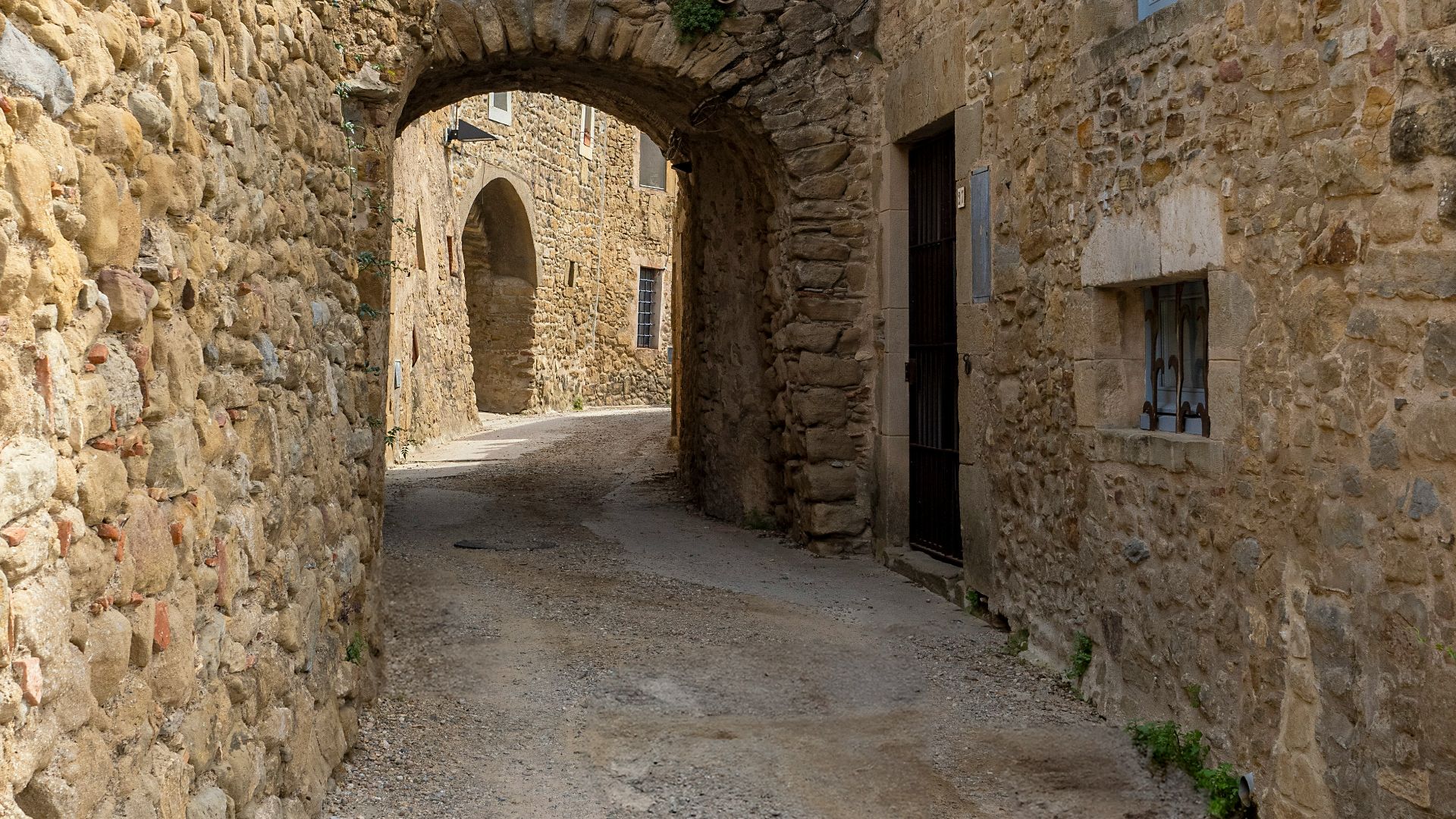 Manuel Torres Garcia on Unsplash
Manuel Torres Garcia on Unsplash
Fascinating Facts About Girona’s Arab Baths
Girona’s Arab Baths are full of intriguing details that make history feel alive. The hot room’s heating system was powered by a hypocaust, an ancient underfloor heating technique that kept the water and air warm for bathers. Despite their name, the baths were built after the main period of Moorish rule in Catalonia. This timing highlights how architectural styles and cultural practices endured long after political control changed. Archaeologists have discovered traces of coins and small personal items left behind by bathers. Visitors often note the surprisingly peaceful acoustics, where even soft footsteps echo with historical resonance.
Visiting the Arab Baths: THN Travel Tips and What to Expect
A visit to the Arab Baths is affordable, with reduced fare for children and teens, seniors, and large groups. Children under eight visit for free. The morning is an ideal time for a visit as there are typically less crowds. Wear comfortable shoes, as the tiled and stone floors are uneven. There are plenty of stairs. So plan accordingly, watch your step, and take your time. Informational plaques throughout the site provide historical context, but a guided tour can elevate the experience by sharing hidden stories and architectural secrets. After your visit, stroll through the nearby Jewish Quarter or along the Onyar River to continue immersing yourself in Girona’s layered history.


